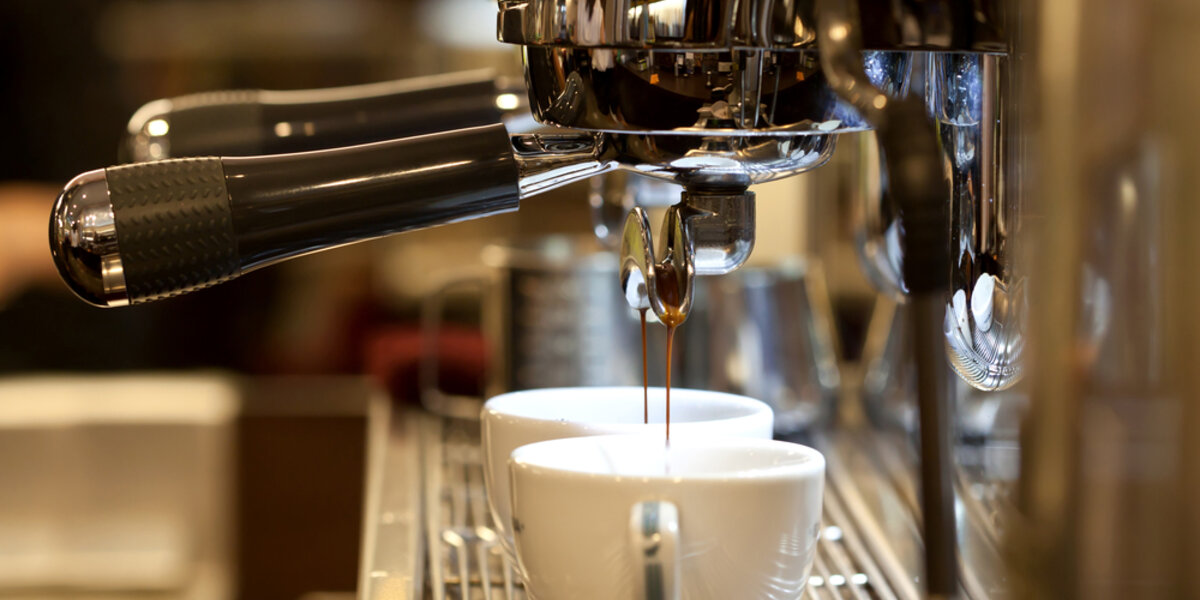Coffee Gives Us Energy, But How Much Does It Use?
Let's Save Energy
Alliance to Save Energy's Blog
Coffee Gives Us Energy, But How Much Does It Use?

Last week, the world celebrated International Coffee Day, a day that not only provides us with an excuse to enjoy more coffee, but also intends to encourage the production and consumption of fair trade coffee. Though there is a growing consciousness of the social and economic costs associated with the coffee industry, many may not realize that the process of transforming coffee from a bean to a drink is also extremely energy-intensive. And with the average Americans drinking three cups a day, adding up to 587 million cups consumed each day in the U.S., the amount of energy used to make coffee becomes even more important to consider.
The Production Process
Several steps are required to make coffee, from cultivation to consumption, and the most energy-intensive of these steps tend to be located in countries that import coffee, such as the United States. Equatorial countries typically grow and harvest coffee, and though this part of the process is laborious, it is not particularly energy intensive, as most of the work is done by hand or with simple machinery. In fact, approximately 60% of the energy used to make a cup of coffee can be attributed to the transport, roasting and brewing of coffee. Since coffee must be transported globally to countries where it is not produced, a great deal of energy is used during shipping. Once the coffee is delivered to its country of consumption, it is roasted. After delivery the coffee must be roasted, which is energy intensive because roasting machines operate at high temperatures, roughly 550 degrees Fahrenheit, and can consume approximately one million BTU each hour. Once it is roasted, it is transported again to where it will be brewed. Brewing coffee is the last step of the process, and according to some life cycle analyses, is the most energy consumptive of all. A great deal of energy, in the form of heat and electric power, is needed to prepare the coffee and power the machinery used to do so. In the end, the aggregate total of all energy used to make a 100 mL cup of coffee is 1.94 megajoules, or about half a kilowatt hour.
How Can This Change?
As the most energy intensive parts of coffee production are located in consumer countries, these countries, such as the United States, are responsible for the high energy costs. Fortunately, some companies and organizations are developing technology to make the production of coffee, specifically roasting and brewing, more energy efficient. The Loring Smart Roaster is one such technology. Unlike traditional roasters which require afterburners to mitigate toxic smoke created as a byproduct, and thus use a significant amount of additional energy, the Loring Smart Roaster uses a gas burner within the roaster to eliminate smoke. These roasters can help save up to 80% on energy costs, savings that can be reinvested to increase productivity. Policy initiatives and government programs have also helped to make brewing more energy efficient. According to a report by Energy Star, many home brew machines can increase energy efficiency simply by removing functions which allow coffee brewing machines to stay on for long periods of time. Improving insulation and installing heaters that are only active when in use can further enhance the energy efficiency potential of home brew machines. Energy Star estimates that these design features could increase efficiency 24% for drip filters and 51% for single serving machines. This boost in efficiency is beneficial not only for the environment, but also for consumers who can save on their energy bills.
While improvements such as the Loring roaster have yet to be widely adopted, these advancements signal a change in the way we make and consume coffee. The next time you pour yourself a cup, take time to consider the energy that has gone into making your coffee and how you can support a more efficient process. You may even come to appreciate your morning cup of joe for more than just the caffeine buzz it so reliably offers.
RECENT BLOG POSTS
STAY EMPOWERED
Help the Alliance advocate for policies to use energy more efficiently – supporting job creation, reduced emissions, and lower costs. Contact your member of Congress.
Energy efficiency is smart, nonpartisan, and practical. So are we. Our strength comes from an unparalleled group of Alliance Associates working collaboratively under the Alliance umbrella to pave the way for energy efficiency gains.
The power of efficiency is in your hands. Supporting the Alliance means supporting a vision for using energy more productively to achieve economic growth, a cleaner environment, and greater energy security, affordability, and reliability.



